In today’s world, email server security is very important. Cyber threats are getting smarter. This means companies must use strong ways to keep their data safe.
The need for email server cybersecurity is huge. If hackers get in, it can cost a lot of money. It can also hurt a company’s good name.
Cyber attacks are always changing. So, we must always be ready to protect our email servers.
Key Takeaways
- Implement robust security measures to protect against cyber threats.
- Regularly update and patch email server software.
- Use encryption to safeguard sensitive data.
- Conduct regular security audits and risk assessments.
- Train staff on email security best practices.
The State of Email Security in 2023
Email security is very important in 2023. It’s a big worry for both people and companies. The world of cyber threats keeps changing, so we must stay updated on email security.
Why Email Remains a Primary Attack Vector
Email is a big target for hackers. It’s used by many and often has important info. Cyber attackers use tricks and weaknesses to get into email accounts without permission.
A recent report says,
“Email is the number one threat vector for cyber attacks, with over 90% of cyber attacks starting with an email.”
– Cybersecurity Expert
This makes keeping email safe very important for companies.
Recent Email Security Breach Statistics
There have been many email security breaches in 2023. These breaches have cost companies a lot of money.
For example, a study found that
“the average cost of a data breach caused by email compromise is approximately $4.35 million.”
These numbers show we need strongemail server protectionandsecuring email infrastructure.
Understanding Email Server Vulnerabilities
It’s key for companies to know about email server weaknesses. This helps keep data safe and communication secure. Email servers are complex and can be attacked in many ways. So, strong security is a must.
Common Technical Weaknesses
Email servers face many technical threats. Two big ones are old software and insecure settings.
Outdated Software and Missing Patches
Old software and missing patches make email servers vulnerable. Keeping software up to date is very important.
Insecure Default Configurations
Many email servers start with weak settings. It’s important to change these and make the server stronger.
Social Engineering Attack Vectors
Social engineering attacks trick people into giving out secrets. These attacks are smart and hard to spot.
“Social engineering is a big threat because it uses people’s psychology, not just tech. This makes it hard to fight.”
Insider Threats and Account Compromise
Insider threats and account hacks are big dangers. Employees can accidentally or on purpose break security. It’s important to control access and watch user actions.
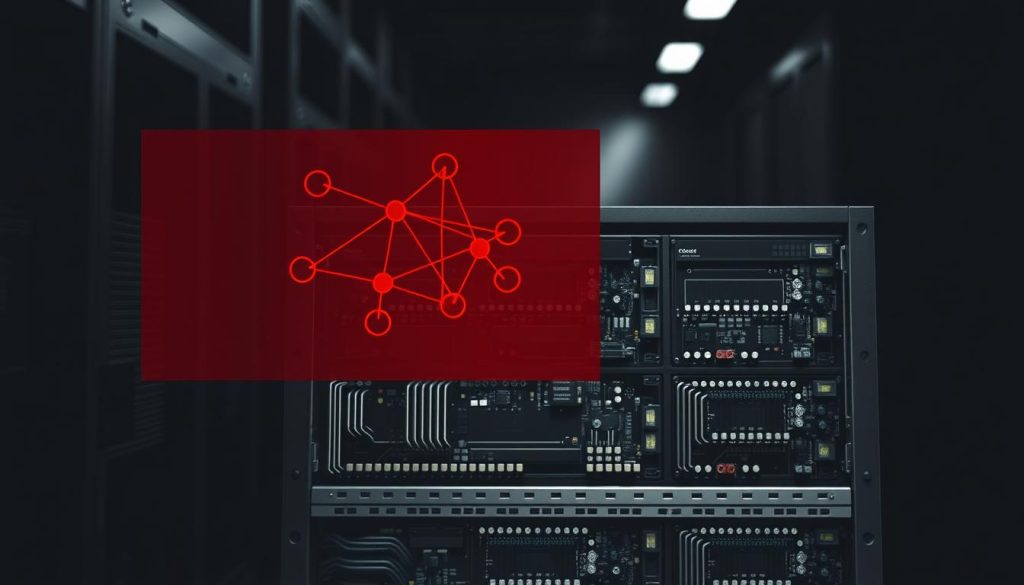
To keep email servers safe, companies need a strong plan. This includes email server hardening and following best email server practices. Knowing the risks and acting early can greatly improve email security.
Securing Your Email Server: Best Practices
Keeping your email server safe needs tech steps, updates, and watching closely. These steps help guard your server from threats. They keep your company’s talks safe.
Hardening Your Email Server Configuration
Making your email server strong is key. It stops attacks. You need to follow some important steps to do this.
Disabling Unnecessary Services
First, turn off services you don’t need. This saves space and makes your server less open to attacks. It lowers the chance of being hacked.
Implementing Secure Defaults
Secure defaults are also important. This means setting up your email server to use safe ways to talk. Also, change default passwords and accounts.
Authentication Protocol Implementation
Strong authentication protocols are a must. They make sure only the right people get into your server. SPF, DKIM, and DMARC stop fake emails and phishing.
Regular Security Updates and Maintenance Schedules
Staying up-to-date is key. This means fixing bugs, updating software, and checking for security problems. It keeps your server safe.
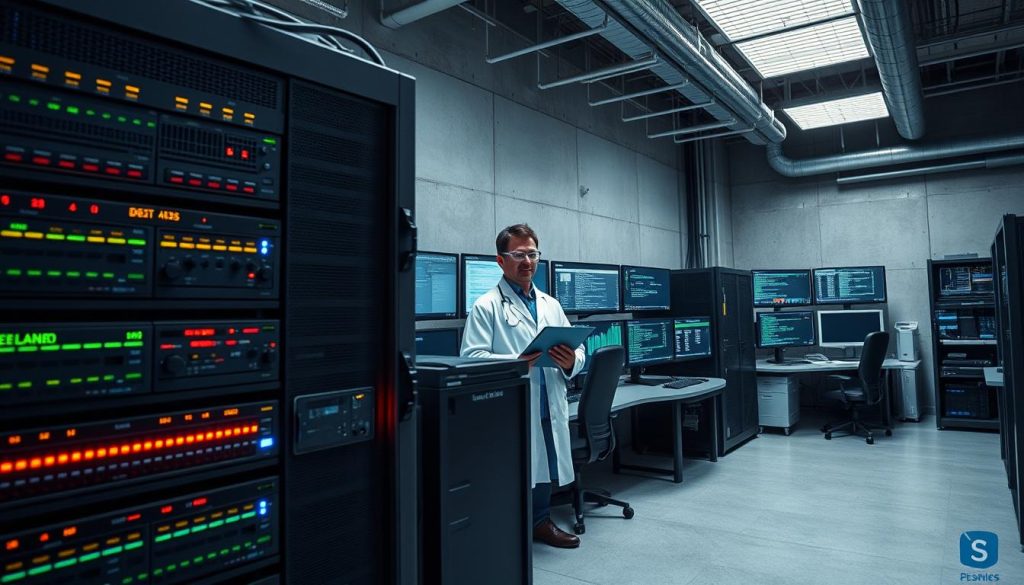
By doing these things, you make your email server much safer. This protects your company’s talks from cyber dangers.
Essential Email Encryption Methods
Email encryption is key to email server defense tactics. It keeps sensitive info safe from hackers. As threats grow, encrypting emails is a must for data protection.
Encryption makes emails unreadable to hackers. It uses special codes that only the sender and receiver can unlock. There are many ways to encrypt emails.
Transport Layer Security (TLS) Configuration
Transport Layer Security (TLS) is a basic email encryption. It keeps emails safe as they travel between servers. Setting up TLS right is vital for secure email sending.
- Make sure your email server uses TLS 1.2 or 1.3.
- Set your server to need TLS for all connections.
- Get an SSL/TLS certificate from a trusted source.
End-to-End Encryption Options
TLS keeps emails safe on the way. But end-to-end encryption makes sure only the sender and receiver can read it. PGP and S/MIME are two popular ways to do this.
PGP Implementation
Pretty Good Privacy (PGP) is a common encryption method. To use PGP, you need a key pair and share your public key with others.
- Make a PGP key pair with a trusted tool like GnuPG.
- Send your public key to others.
- Set up your email client to use PGP for security.
S/MIME Setup
S/MIME (Secure/Multipurpose Internet Mail Extensions) is another way to encrypt emails. You need a digital certificate from a trusted source.
- Get an S/MIME certificate from a trusted CA.
- Put the certificate in your email client.
- Set your email client to use S/MIME for security.
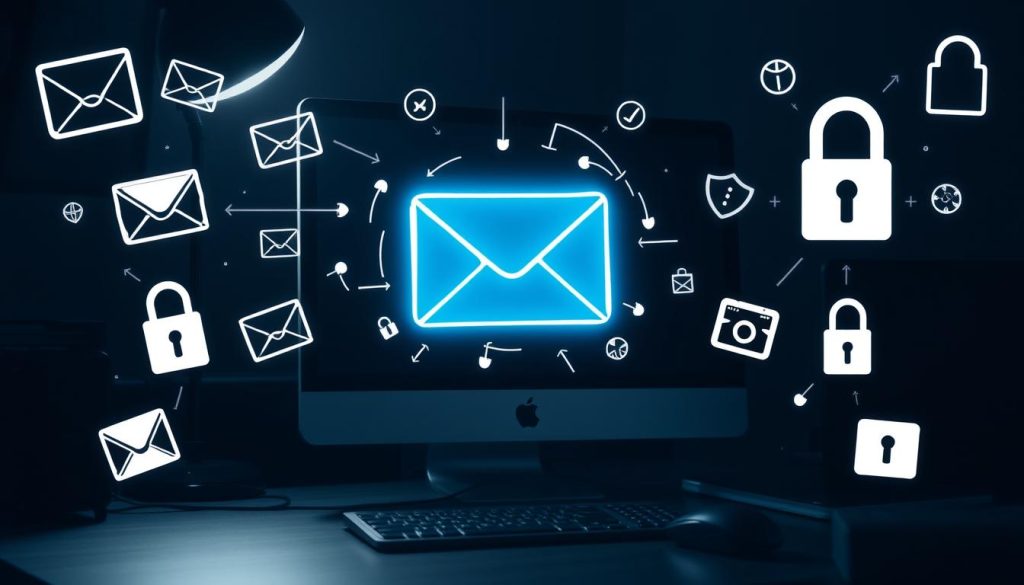
Digital Signatures and Certificate Management
Digital signatures prove emails are real and haven’t been changed. Good certificate management keeps your emails trustworthy.
Check and update your certificates often. Make sure your email client checks digital signatures.
Access Control Strategies for Email Systems
Email is a key way we talk to each other. It’s important to keep it safe. We need strong ways to control who can see our emails.
This keeps our private info safe from hackers.
Implementing Multi-Factor Authentication
Multi-factor authentication (MFA) is a big help. It makes sure only the right people can get into our emails. This makes it hard for bad guys to get in.
Benefits of MFA include:
- It keeps our emails safe from fake messages and password hacks.
- It lowers the chance of our emails getting stolen because of bad passwords.
- It helps us follow the rules that say we need to be extra careful with our passwords.
Role-Based Access Control for Email Administration
Role-Based Access Control (RBAC) is another smart way to manage email access. It lets people do their jobs without seeing too much. This keeps our emails safe.
Key aspects of RBAC include:
| Role | Access Rights | Responsibilities |
|---|---|---|
| Email Administrator | Full access to email system settings and user accounts | Manage user accounts, configure email settings |
| User | Access to own email account | Send and receive emails, manage personal settings |
Password Policies and Secure Authentication
Good password rules are key to keeping our emails safe. We should use strong passwords and change them often. This keeps our emails secure.
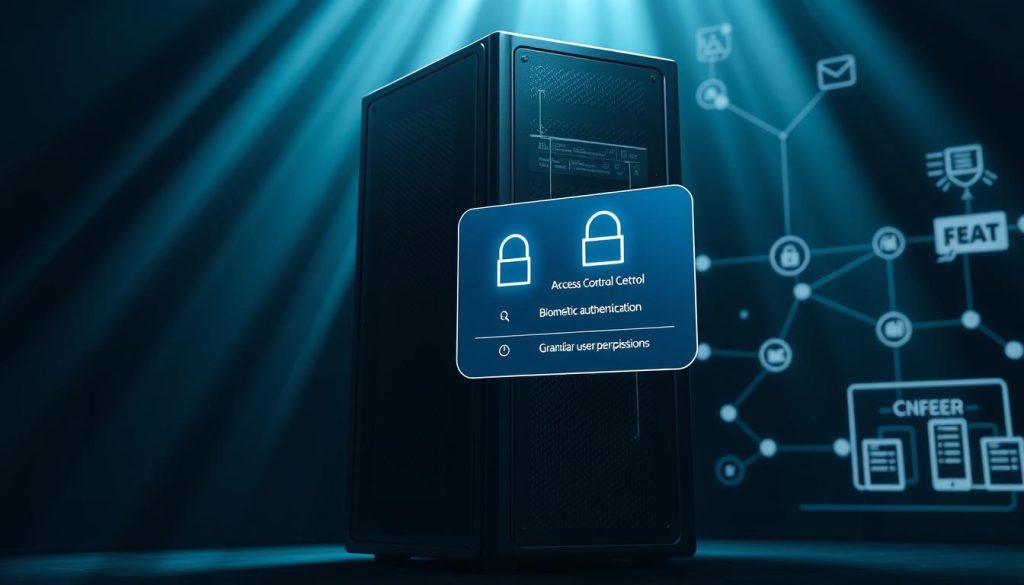
Advanced Email Filtering and Spam Protection
Cyber threats are getting worse. That’s why we need better email filtering and spam protection. Good email filtering stops spam, phishing, and bad content from getting to our inboxes.
Content Filtering Implementation
Content filtering checks emails to see if they’re real. It uses keywords, Bayesian filtering, and more. This helps keep our emails safe from threats.
Content filtering has many benefits:
- Less spam and unwanted emails
- Better email security
- More productivity for users
Setting Up SPF, DKIM, and DMARC
SPF, DKIM, and DMARC are important for stopping email scams. They help keep our emails safe from fake senders.
SPF Record Configuration
SPF tells who can send emails for a domain. It lists all safe senders and how to handle fake ones.
DKIM Signing Implementation
DKIM adds a digital signature to emails. This lets us know if an email is real. To use DKIM, we need a public-private key pair and to share the public key in DNS.
DMARC Policy Setup
DMARC works with SPF and DKIM to report and handle fake emails. It tells us what to do with emails that don’t check out and how to report them.
Here’s a quick look at SPF, DKIM, and DMARC:
| Protocol | Purpose | Key Configuration |
|---|---|---|
| SPF | Authorize sending IP addresses | List legitimate email sources |
| DKIM | Digitally sign emails | Generate public-private key pair |
| DMARC | Handle authentication failures | Create policy for unauthenticated emails |
Reputation-Based Filtering Systems
Reputation-based filtering checks if an email sender is trustworthy. It looks at their past sending behavior. This helps keep our emails safe.
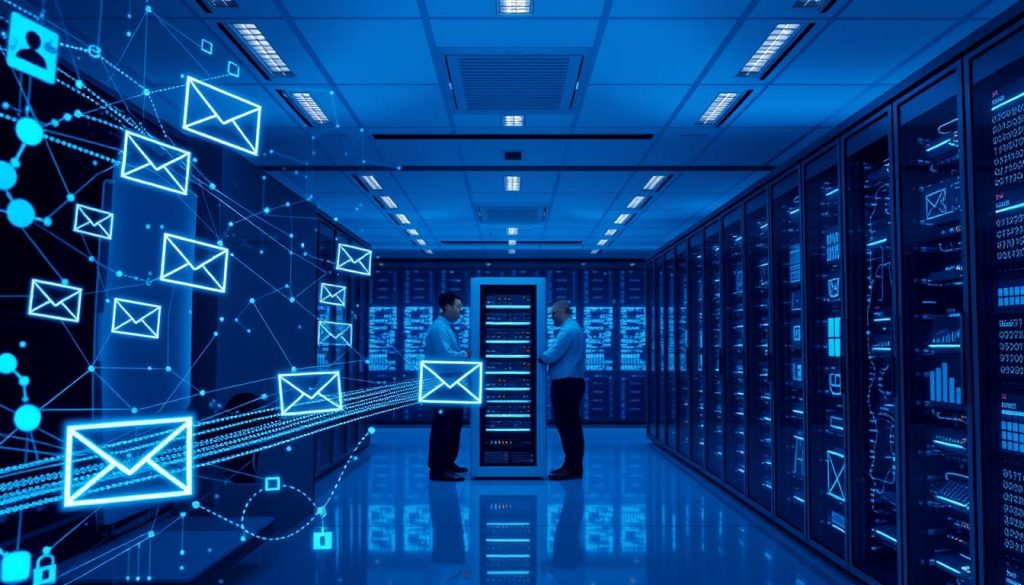
By using content filtering, SPF, DKIM, DMARC, and reputation-based filtering, we can protect our emails well. This mix of methods is key to fighting off email threats.
Network Security for Email Infrastructure
Securing email infrastructure needs a few key steps. It’s important to protect email servers from bad guys. We use different ways to keep emails safe and private.
Network Segmentation Best Practices
Network segmentation helps a lot with email server security. It divides the network into parts. This makes it harder for bad stuff to spread. Best practices include isolating email servers and using strict access controls.
Firewall Rules for Email Traffic
Firewalls are key in controlling email traffic. They stop bad guys from getting to email servers. It’s important to regularly review and update firewall configurations to stay safe.
Intrusion Detection Systems for Email Servers
Intrusion Detection Systems (IDS) find threats to email servers. They alert admins to suspicious activity. This lets them act fast to stop threats. Setting up IDS right is important to catch threats without false alarms.
| Security Measure | Purpose | Benefit |
|---|---|---|
| Network Segmentation | Isolate email servers | Limit malware spread |
| Firewall Rules | Control email traffic | Prevent unauthorized access |
| Intrusion Detection Systems | Detect suspicious activity | Swift threat mitigation |
Securing email infrastructure is a big job. It needs network security steps like network segmentation, firewall rules, and IDS. These help a lot in keeping email server cybersecurity strong.
Email Server Hardening Techniques
Email server hardening makes your email server safer. It uses special techniques to fight off attacks. This makes it harder for hackers to get into your email server.
Securing SMTP, POP3, and IMAP Protocols
Securing your email server starts with the protocols it uses. This includes SMTP, POP3, and IMAP. Use TLS (Transport Layer Security) to keep data safe while it’s being sent.
Make sure SMTP uses TLS for safe mail sending. For POP3 and IMAP, use POP3S and IMAPS or TLS on standard ports.
Rate Limiting and Resource Controls
Rate limiting and resource controls stop abuse and DoS attacks. Rate limiting limits how many times an IP can connect in a time. Resource controls manage how much your server can do, so no one uses it all.
Set limits on how many emails can be sent or received in a time. This keeps your server running smoothly.
Preventing Email Relay Attacks
Email relay attacks happen when someone uses your server to send spam. Make sure your server checks who can send emails through it.
Use SPF, DKIM, and DMARC to stop email spoofing. They check if emails are really from your domain.
Effective Monitoring and Threat Detection
Keeping an eye on your email server protection is key. It helps spot security threats early. This way, you can stop big problems before they start.
Monitoring means watching your email server closely. Look at login attempts, email flow, and system changes. This way, you can catch odd signs of trouble.
Setting Up Comprehensive Email Logging
Good email logging is the base of monitoring. It records all email actions. This includes who sent and received emails, when, and any issues.
To log emails well, set your server to track all important events. This includes:
- SMTP transactions
- Authentication attempts
- Email delivery failures
Real-Time Monitoring and Alert Configuration
Real-time monitoring lets you act fast on security issues. Set up alerts for quick notices of odd activity.
To monitor in real-time, use special tools. They check your email logs and alert you when rules are broken. For example, alert for too many login fails or strange email sending.
Using SIEM Tools for Email Security
SIEM tools are great for watching and analyzing security data. They include info from email servers.
Adding SIEM tools to your securing email infrastructure plan gives you a better view of your security. You can handle threats better.
SIEM tools link events from different systems. They spot complex attacks and offer deep analysis.
Email Backup and Disaster Recovery Planning
In today’s world, having a good email backup and disaster recovery plan is key. Email servers are very important for businesses. If they fail, it can cause big problems and data loss.
A good plan for email backup and disaster recovery has several parts. First, it’s important to back up email data often. Then, you need a plan to quickly get back your data if something goes wrong.
Backup Strategies and Tools
Choosing the right tools and methods for email backup is important. You can use local backups, cloud backups, or a mix of both. The best choice depends on how much data you have and how fast you need to recover it.
Some email backup tools offer cool features like incremental backups and encryption. For example, Acronis Backup and Veeam Backup are great for backing up email servers.
| Backup Type | Description | Advantages |
|---|---|---|
| Local Backup | Data is stored on local devices or servers. | Faster recovery times, full control over data. |
| Cloud Backup | Data is stored in cloud storage services. | Scalability, offsite storage, reduced on-premises infrastructure. |
| Hybrid Backup | Combination of local and cloud backup. | Balances benefits of both local and cloud backups. |
Email Continuity Solutions
Email continuity solutions keep email services running even when servers are down. These solutions often use failover systems or cloud services to host email temporarily.
To set up email continuity solutions, you need to plan and configure carefully. This ensures smooth failover and little disruption. Mimecast and Barracuda offer services that help keep email services up and running.
Recovery Procedures After a Security Breach
Having a clear plan for recovery after a security breach is very important. You need to find out what happened, isolate affected systems, and restore data from backups. It’s also key to review and update your plan to avoid future problems.
Testing your recovery plan regularly is essential. This means doing disaster recovery drills to check if your plan works.
Building a Security-Aware Culture
Good email security is not just about tech. It’s also about people knowing how to stay safe. Email server hardening and email server cybersecurity need a big plan. This plan includes teaching employees how to stay safe online.
Employee Training on Email Security
Teaching employees well is key to stopping email security problems. They should learn about:
Recognizing Phishing Attempts
They need to know how to spot bad emails. They should understand the dangers of clicking on strange links. And they should know who to tell if they see a phishing email.
Safe Attachment Handling
They should learn about the risks of opening attachments from people they don’t know. And how to open attachments safely.
Developing Clear Security Policies
Having clear security rules is important. These rules help everyone know what to do to stay safe. The rules should be updated often to keep up with new threats.
Incident Reporting and Response Procedures
Having a plan for when something goes wrong is very important. Employees should know how to report problems fast. And they should know what to do if there’s a security issue.
By making a culture that values security, companies can get better at email server cybersecurity. This helps protect against new cyber dangers.
Regulatory Compliance for Email Systems
Keeping your email system in line with the law is very important. It’s not just about following rules. It’s also about keeping your email safe and secure.
Email systems must follow many rules, like HIPAA and GDPR. These rules help keep your emails safe from harm.
Meeting HIPAA, GDPR, and Industry Requirements
To follow these rules, you need to take certain steps. This includes making sure your emails are encrypted and secure. You also need to check your system regularly.
For example, HIPAA says you must keep health info safe. This means using strong security to protect emails with health info.
Email Retention and Archiving Policies
How long you keep emails is also important. You need to have rules for keeping emails. This helps you follow the law and keep emails safe.
Good email archiving helps you keep emails for the right amount of time. It also makes it easy to find emails when you need them.
Privacy Considerations and Data Protection
Keeping your emails private is key. You must make sure your email system protects sensitive info. This keeps your emails safe from unwanted eyes.
This means using things like encryption and access controls. It also means watching for any signs of trouble.
Conclusion: Creating a Layered Email Security Strategy
Keeping email servers safe needs many steps. This includes using different ways to protect them. A layered email security plan helps a lot.
A good plan starts with making servers strong. It also means using strong passwords and keeping software up to date. Also, using filters and encryption helps keep emails safe.
It’s also important for everyone in the company to know about email safety. Training and clear rules help stop bad things from happening.
Putting all these steps together keeps emails safe. It’s key to keep data safe and the business running smoothly. A layered email security plan is very important.
FAQ
What are the most common email server vulnerabilities?
Email servers face many dangers. These include old software, easy-to-hack settings, and tricks from hackers. Keeping your server up to date helps protect it.
How can I harden my email server configuration?
To make your email server strong, turn off things you don’t need. Use safe settings and strong passwords. Keep your server updated to stay safe.
What is the importance of email encryption in securing email communications?
Email encryption keeps your messages safe. It uses things like TLS and PGP to stop hackers. This way, your emails stay private and safe.
How can access control strategies enhance email security?
Using strong passwords and multi-factor authentication helps a lot. It stops bad guys from getting into your email. This keeps your data safe.
What are the best practices for email filtering and spam protection?
Good email filters catch spam and bad emails. Use things like SPF and DMARC to keep your inbox clean. This makes sure you only get emails you want.
Why is network security critical for email infrastructure?
Network security keeps your email safe from hackers. It uses firewalls and other tools to block bad guys. This protects your email and network.
How can I ensure business continuity in the event of an email service disruption?
Having backups and plans for email problems is key. This way, your business can keep going even when email is down. Regular backups help a lot.
What role does employee training play in email security?
Teaching employees about email safety is very important. They need to know how to spot scams and handle attachments safely. This helps keep your email system secure.
How do regulatory compliance requirements impact email systems?
Rules like HIPAA and GDPR affect how you manage email. They tell you how to keep emails and protect data. Following these rules is important to avoid trouble.

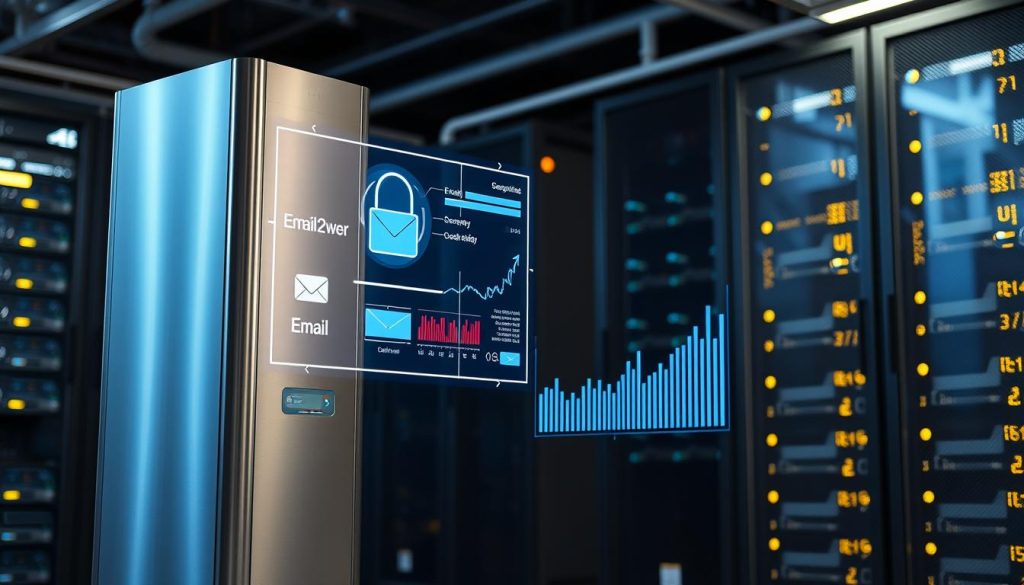
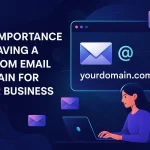
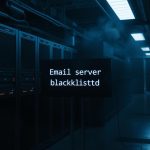
It’s really eye-opening how email remains such a dominant target for cybercriminals. I think the evolving nature of these threats really shows how critical it is to stay ahead of the curve with both technology and staff awareness.
The tips in this post are a great reminder that email security isn’t just about setting up the right tools but also about maintaining awareness within the company. I think staff training is often overlooked but really crucial.
This post really underscores how emailEmail Security Comment Creation is still one of the weakest links in cybersecurity. One thing I’d add is the growing importance of DMARC policies—not just SPF and DKIM—to help prevent domain spoofing and phishing. It’s a simple layer that can make a big difference, especially for businesses managing multiple domains.
It’s alarming how often email is still the easiest entry point for cyber threats. I’ve found that combining staff training with simulated phishing campaigns really helps build awareness and reduce risky behavior.